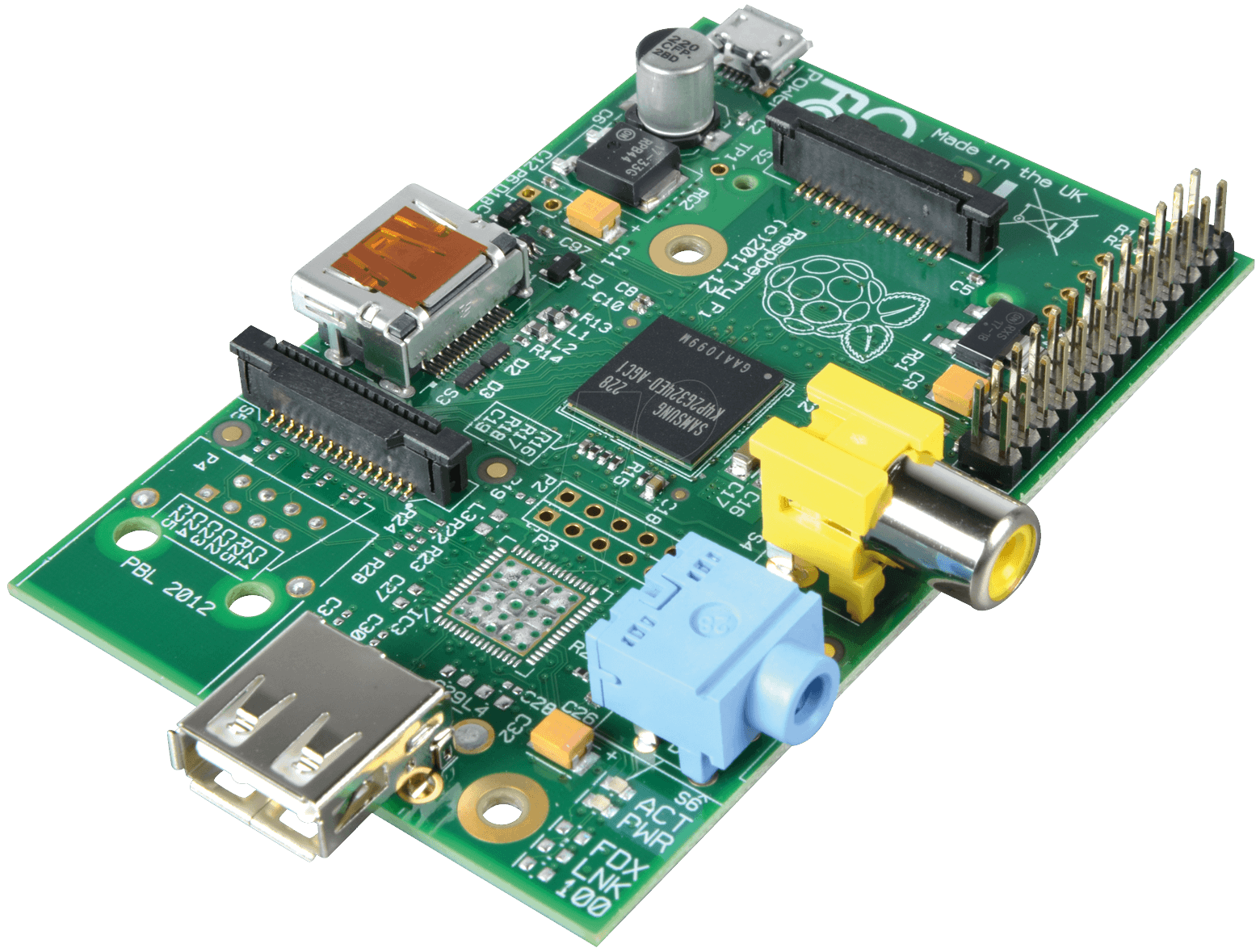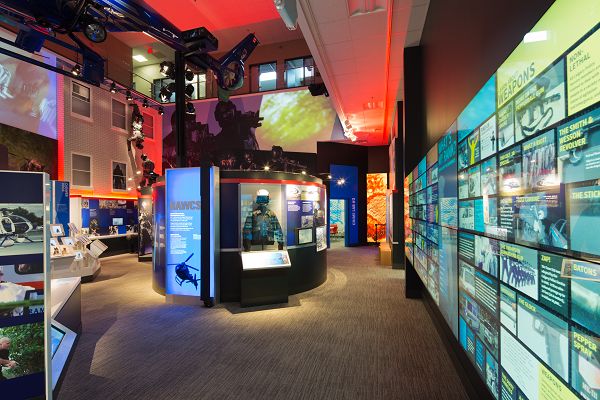Recent advances in technology has opened up some incredible opportunities for organizations that rely on exhibits. Museums, Interpretive Centres, and Science Centres, can now take advantage of new technology in their exhibits and capitalize on potential that most don’t even know they are missing.
Traditional exhibits have obviously been around for a long time and are extremely successful. And yes there is very little that a traditional exhibit can not accomplish, never the less, digital and technological exhibits do have some advantages. Here’s just a quick overview of some of some of those advantages.
Text Space limitation
When you are designing an exhibit, space is at a premium. Character counts are limited. You may have reams of information available, great stories, first hand research and only 500 characters to say it all. With a digital exhibit this becomes less of an issue. The ability to scroll through text in a variety of different user inetractions (vertical scroll, horizontal scroll, pagination, replacement etc.) can allow you to fully tell the story while still keeping the attention of the visitor in a limited space.
Of course this power can not be abused, and just because you can write virtually an unlimited amount of text doesn’t mean you should not still focus on keeping it short, impactful, and attractive.
Image Space limitation
Telling the exhibit’s story through pictures can take an enormous amount of space when you are limited to traditional exhibits. Projections, screens and mobile interactions can all add virtual space where you may be able to display more images. Again there are some very unique and engaging interaction models that can help support the visitor to view the images.
In a world of pinterest, tumblr, and instagram, many visitors and especially youth have become adept at navigating and processing huge amounts of visual information, photographs, and pictures. Take advantage of this style of communication and include it in your exhibits.
Interaction
There is no replacement for a traditional tactile exhibit. In order to engage the majority of visitors and their learning styles, it’s important to include visual, audio, and of course tactile elements. That said there are many types of user interactions with digital or technology based exhibits that can engage tactile learners at the same time as audio, and visual learners. We developed some at YouthLink and there are lots of example out there.
Measuring
This is where technology can really shine.
Imagine being able to tell your stakeholders exactly how many people engaged with your exhibits. How long they spent at each one, their percentage of completion, how many people were with them when they visited the exhibit, what exhibit they visited before and after. Technologies such as Low Energy Bluetooth, and Near Field Communication can accomplish all of this in a way that is unobtrusive to the visitor.
Furthermore, this information can then be used when it comes time to update exhibits or create new ones. By knowing which exhibits have the greatest and deepest engagement it becomes possible to focus energies where they will do the most good. Exhibits that are lacking can be re-worked and exhibits that show the most promise can be further enhanced by leaning on their measurable strengths. Obviously the benefits to stakeholder reporting and fundraising efforts as well are enormous.
Updatability
While traditional exhibits have become fairly easy to update and modify, usually involving little more than printing a fresh panel and affixing it to the exhibit, there is still significant hurdles to the process. A graphic designer is required to design the new panel. The printing process often takes time, and installation costs can be significant.
A digital exhibit paired with a content management system (similar to how the vast majority of websites operate) can accomplish this same work almost instantaneously. All that is required is to simply log into the online system, find the text or images that require updating, apply your updates and save.
With this kind of flexibility a number of intriguing opportunities become available. Imagine a single exhibit that can display different versions of the material depending on the specific demographics of the visitor. An exhibit that can display more child appropriate information and at an appropriate reading level for younger visitors while also being able to allow the deep dive for more educated visitors.
Or another possibility would be to provide unique experiences for special events. Exhibits could be changed to focus on the anniversary of significant events, or to give a special experience to your donors during a stewardship event. Again all this can be accomplished at a fraction of the effort and expense of changing more traditional exhibits.
Integration
The last point I’ll make is regarding the integration of exhibits. Technological exhibits have the unique ability to talk not only to each other, but also the big, wide, online world. Exhibits that include live feeds from any number of sources, blogs, news sites, twitter, instagram are just the beginning.
Or an exhibit that knows exactly which exhibit a visitor came from and adjust accordingly or suggest which exhibit to visit next based on the engagement of the visitor. Or the visitor could be given a link to more information again based on their engagement.
Another example could feature your donor wall (one of your most important and often overlooked exhibit). A new donor can be added to your digital donor wall and website at the same time that their information is entered into your database. A donor that gives as they enter could see their name on the donor wall by the time they have finished their visit.
Technology based exhibits are not a silver bullet, but here are so many possibilities that have not yet been explored, and with the falling costs of the actual technology hardware (see the $35 Raspberry Pi 3) there is very little reason that organizations shouldn’t be exploring what can make them stand out.



